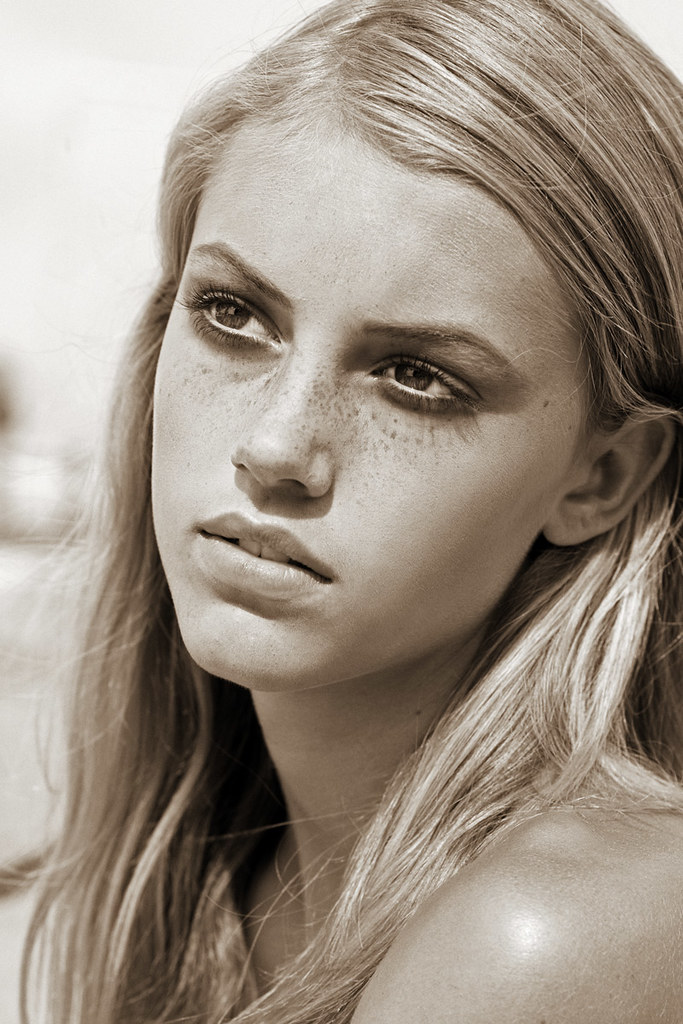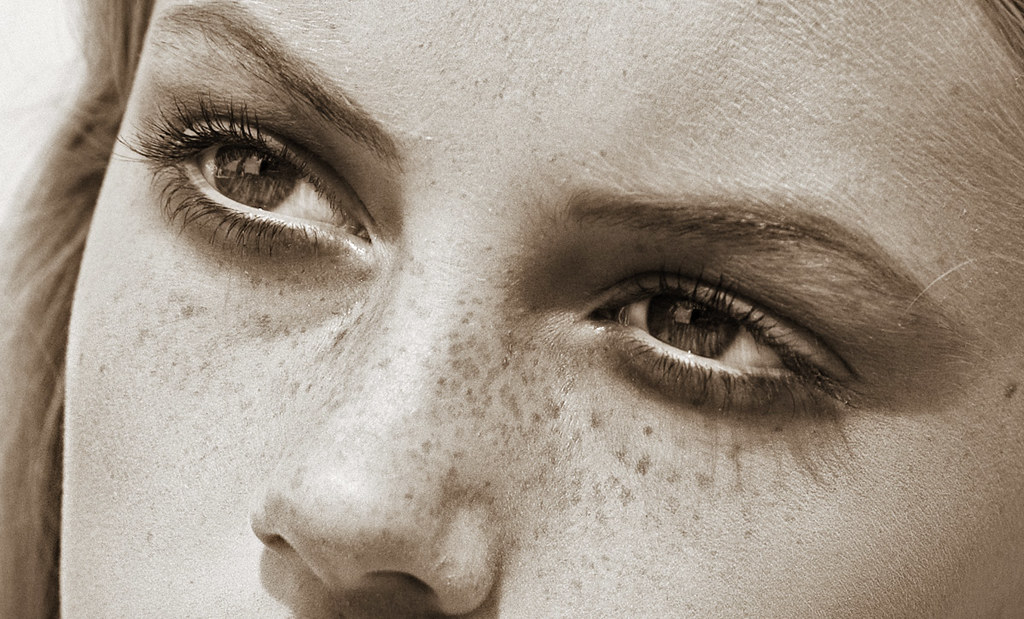Here is the only really interesting d800 vs. Hasselblad test I've seen. Partly because it was blind (the evaluator had no idea what two cameras were being compared) and partly because of the evaluator's expertise. He does prepress work for fine art reproduction, which has extrememly rigorous demands. It's also extremely specialized, so the degree to which the differences he fixates on apply to my work or yours is open to interpretation. (Also, there's the notable omission about differences in raw processing).
There's nothing in this test that would tempt me from the 800 to the Hasselblad, but I do believe there are differences which in some circumstances will be substantial.
I'll add that I hope the medium format industry manages to stay healthy and competetive. I think it's in danger from dslrs now, not because the d800 is as good, but because for many people it is more than good enough, certainly considering the costs. I worry that anything that eats into MF's small market share might compound its already serious problems with economies fo scale. I'd like to see the d800 act as a positive kick in MF's ***, not an injurious one.
I wonder about all this. Bear with me a bit as I use to many words to explain

At one time MFD was the proprietary tool of choice for a select few specialized applications in the realm of commerce, and some well healed serious enthusiasts. Both markets had/have very specific needs and were/are willing to pay the premium to meet those needs. At the time, price wasn't a major issue in commerce ... the cost of digital capture was a line-item that replaced the cost of film, processing and scanning for the publication industry that had gone digital ... which on jobs like a major catalog could reach upwards of $5,000 to $7,000. A $12,000 Kodak digital ProBack could be paid for with just a few such jobs. That is exactly how I paid for all my first MF digital systems. 2 years of digital capture fees, and it was free and clear, so I kept upgrading and the work also paid for the upgrades.
Good enough isn't necessarily part of this group's vocabulary. The need is VERY specific and usually very well defined either by demands or extensive experience ... but usually both. These are the elements that define preference. The linked retoucher article is a good example of this kind of very defined specificity.
When Kodak introduced that very inventive, and quite stable Proback that severed the tether to a computer, many more enthusiasts took note of both its comparative price to other MFD backs,
and its ability to extend the life of their MF film camera systems in the encroaching digital age ... first the much loved and ubiquitous Hassey Vs, then the Contax 645, Mamiya and even the Hasselblad H1. MFD was mobile.
This began swelling the ranks of discerning enthusiasts using MFD in concert with film, they now had the best of both worlds. Importantly, it introduced them to, or prolonged, the MF aesthetic that Jack references in his post above. It also wormed its way into commerce, and spurred on other back makers to leap-frog one another in an effort to win more advocates.
Perhaps, just perhaps, nature is now simply taking it course.
Maybe, just maybe, the MFD makers can return to dealing with the specificity of very defined needs, and stop chasing "the almost as good, is good enough" photographer. There is nothing wrong with that attitude BTW, no one is immune from using a tool that gets the job done with-in the limits of certain demands. Not many pros or enthusiasts
exclusively use a 50, 60 or 80 meg MFD system even if they have one.
IMO, even if all the MFD makers became one maker, and Warren Buffet invested in that collective (which he wouldn't), they couldn't beat Canon/Nikon/Sony at their own game.
What they can do is move further up-stream into more rarified territory, stop trying to be what they are not, and better exploit what they are, and can be more of. Return to the roots of image quality applied to specific applications that defined them in the first place.
The thought of a 35mm camera that could challenge my H4D/60, for my specific applications, induces a horse laugh from me. When I think of improving my output for those applications, I don't think of stepping backwards, I think of an IQ180 or Leaf 80 meg on a tech camera, or in my specific case it gives me the "Wants and Gimmes" for a H4D/200 Multi-Shot.
However, it isn't just a function of megapixels. It is the invention of aspects that make those tools easier to use and more functional as applied to very specific applications ... not ones that appeal to general audiences. Don't dumb down MFD to meet a consensus of different people's needs.
So, I do not agree that 35mm DSLRs are endangering MFD, they are endangering the direction MFD makers chose when they went after a marginal audience and spent their limited resources on making systems to appeal to a crowd that would jump ship the minute that 35mm became good enough.
Time to get back on track.
-Marc




